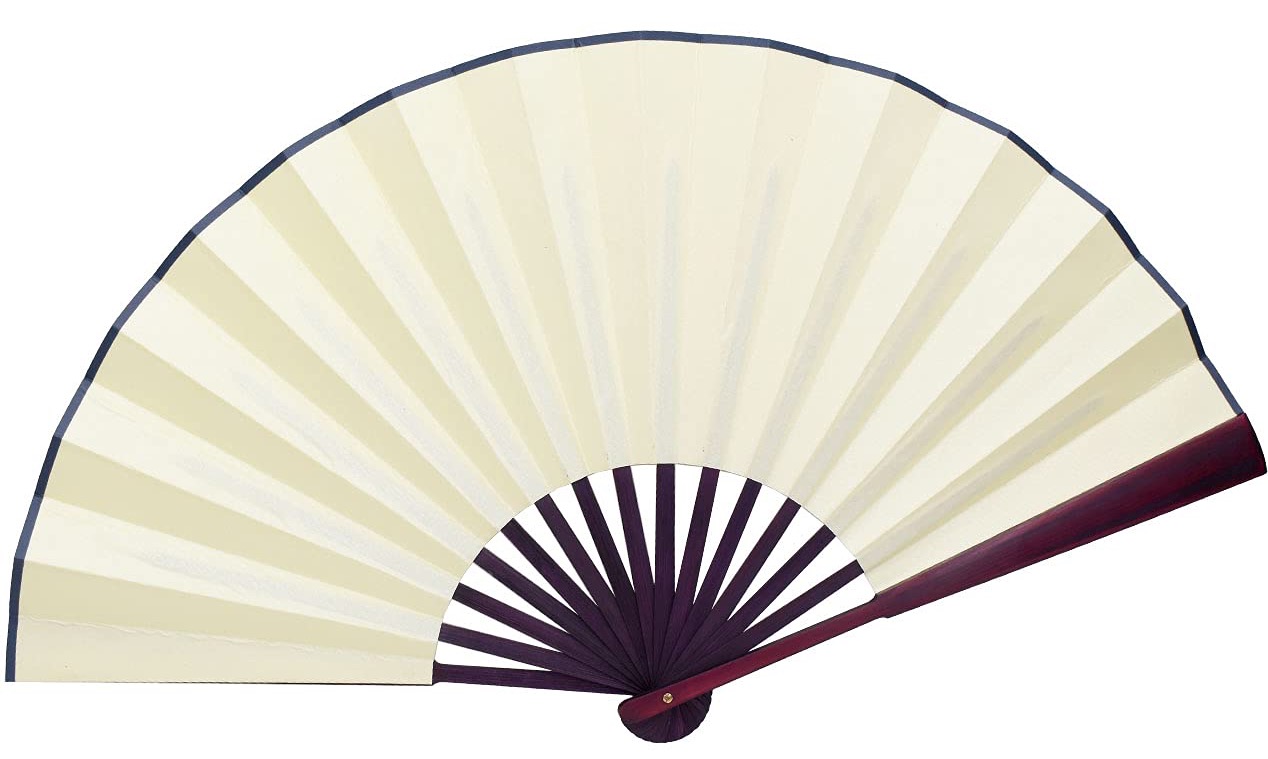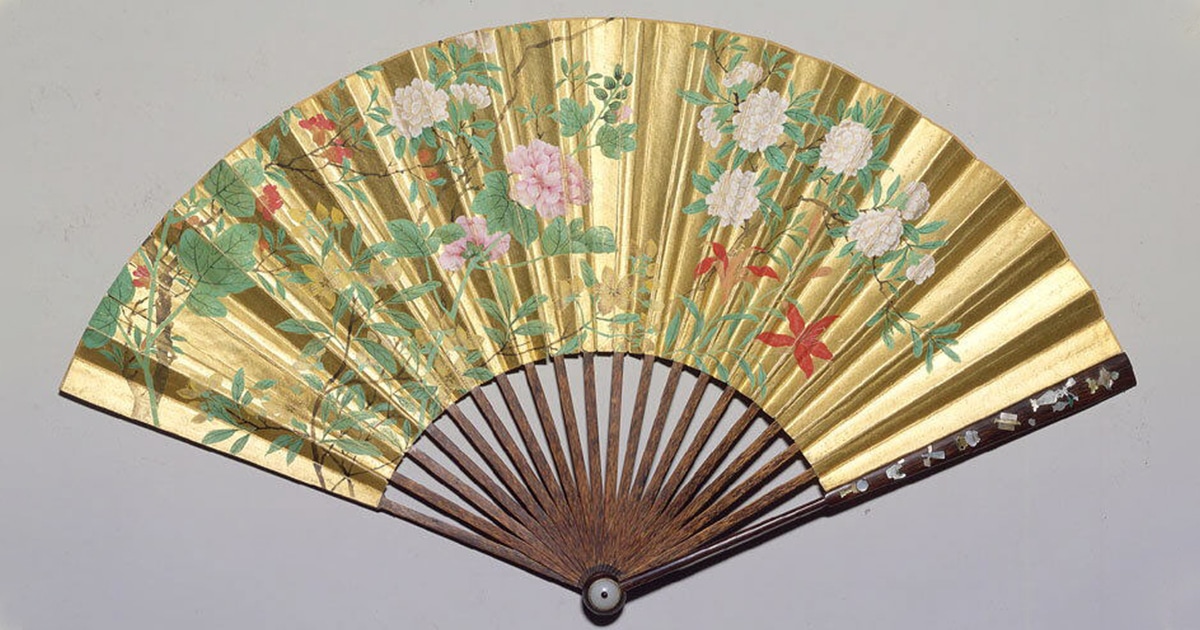 There a re few art forms that combine functional, ceremonial and decorative uses as elegantly as the fan. Fewer still can match such diversity with a history stretching back at least 3,000 years.
There a re few art forms that combine functional, ceremonial and decorative uses as elegantly as the fan. Fewer still can match such diversity with a history stretching back at least 3,000 years.Early History
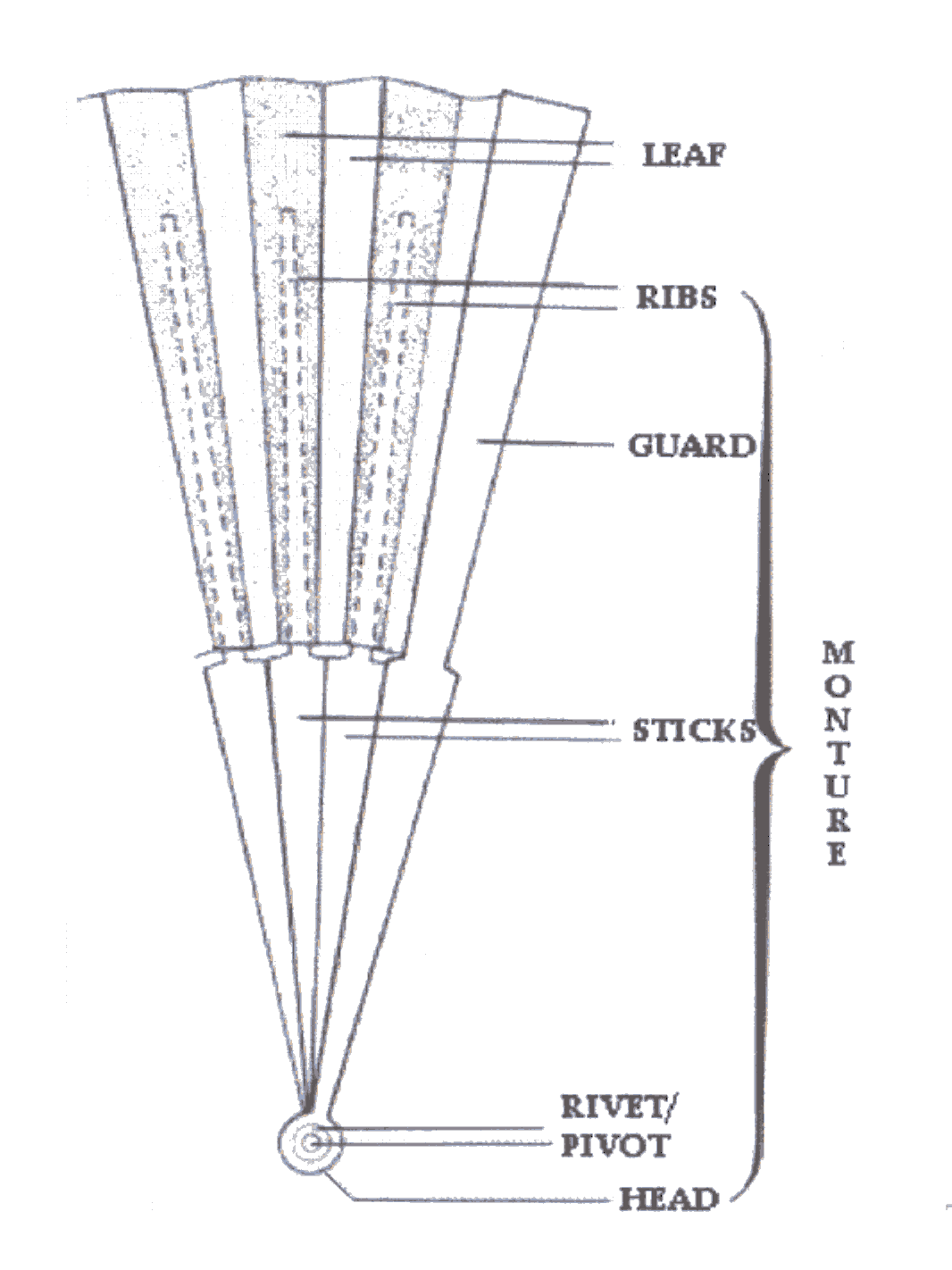 It is sometimes said that fans are ‘as old as hot weather itself’! Certainly, their history can be traced back several thousand years and to ancient Egypt, for example, where some of the earliest depictions of fans take the form of relief carvings. An especially well-preserved carving in the temple of Temple of Ramesses III (reigned 1186–1155 BC) shows a figure commonly referred to as a ‘fan bearer’ carrying aloft a long-handled processional fan trimmed with feathers used to cool or shade court officials and dignitaries. Some of the earliest surviving examples were of a similar type and discovered in 1922 when the tomb of Tutankhamun was located and opened by Howard Carter and his team. Of all the Pharaoh’s fans, it is the so-called Golden Fan which perhaps impresses the most, despite its original spray of ostrich feathers having long since disintegrated. Coated entirely in gold leaf, the upper semi-circular part of the handle is chased with a design of the pharaoh hunting ostrich. The discovery of the pharaoh’s fans proves that fans, from an early point in their development, were not simply utilitarian objects but also symbols of status & wealth intended to impress rather than simply cool.
It is sometimes said that fans are ‘as old as hot weather itself’! Certainly, their history can be traced back several thousand years and to ancient Egypt, for example, where some of the earliest depictions of fans take the form of relief carvings. An especially well-preserved carving in the temple of Temple of Ramesses III (reigned 1186–1155 BC) shows a figure commonly referred to as a ‘fan bearer’ carrying aloft a long-handled processional fan trimmed with feathers used to cool or shade court officials and dignitaries. Some of the earliest surviving examples were of a similar type and discovered in 1922 when the tomb of Tutankhamun was located and opened by Howard Carter and his team. Of all the Pharaoh’s fans, it is the so-called Golden Fan which perhaps impresses the most, despite its original spray of ostrich feathers having long since disintegrated. Coated entirely in gold leaf, the upper semi-circular part of the handle is chased with a design of the pharaoh hunting ostrich. The discovery of the pharaoh’s fans proves that fans, from an early point in their development, were not simply utilitarian objects but also symbols of status & wealth intended to impress rather than simply cool.There is evidence to suggest fans of the fixed or rigid variety were popular accessories in the Classical period. In the absence of surviving examples, ceramic wares such as Greek amphorae (see image 3) show figures carrying fans with decorative handles topped with feathers – sometimes identifiable as peacock. Of a similar date (ca. 400-100 BCE) are the so-called Tanagra figurines: small, brightly painted terracotta statues rediscovered during excavations taking place in and around the Boetian town of Tanagra during the 1800s. Dressed in fashionable draped chitons and wearing sun shading headwear, some of the female figures also carry fixed fans with spade shaped screens.
In the Far East, paintings such as the confirm the use of fans from at least the 700s, if not before.
Early fans were all of the fixed type, and the folding fan does not appear either in the East or the West until relatively late in its history.
The first European folding fans were inspired by and copied from prototypes brought in to Europe by merchant traders and the religious orders who had set up colonies along the coasts of China and Japan. These early fans were reserved for Royalty and the nobility and, as expensive toys, they were regarded as a status symbol. While their montures (i.e. sticks and guards) were made from materials such as ivory, mother of pearl and tortoiseshell, often carved and pierced and ornamented with silver, gold and precious stones, the leaves were well painted by craftsmen who gradually amalgamated into guilds such as The Worshipful Company of Fan Makers.
Dark Ages – 500 to 1000 CE
Flabella, such as the flabellum of Monza – dating from the 500s, and also known as ‘Queen Theodolinda’s fan – were used by the Church as liturgical objects throughout the so-called Dark Ages. The Chinese and Japanese also used fans from a very early date. In China, the screen fan or pien-mien was the type most frequently used in early times. Chinese cultural influences were exported to Japan by way of Korea but evidence suggests that conversely, the folding fan came to China from Japan. The development of fans in Europe from early Christian times and into the Middle Ages was influenced by contact with other civilizations. Rare illustrations in manuscripts show that fans differed in shape, size and material and that their origins were equally varied. Not only did fans find their origins in countries along the Spice Routes, but the Crusades brought Islamic influences to Western Europe.
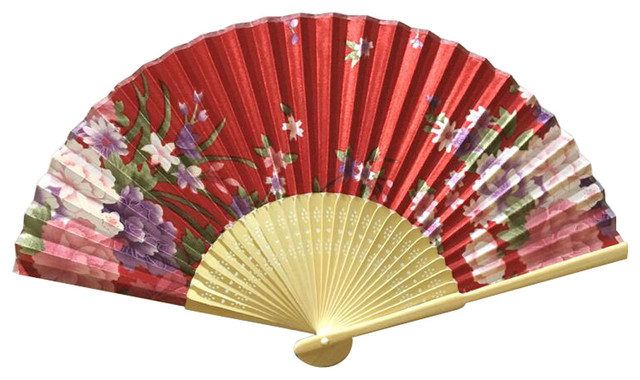
1600s
Fixed fans and folding fans can be seen in portraits of ladies throughout the 1600s, a crucial time in the development of the folding fan in Europe. In the earlier part of the century, fixed fans, consisting of feathers set into a handle of varying splendour, were the norm. As the century progressed, folding fans gained in popularity until, by the end of the century, they had completely superseded fixed fans. It is also interesting to note that while folding fans can be seen in the hands of royalty and grand ladies, fixed feather fans were used by the “bourgeoisie” or less well-off.
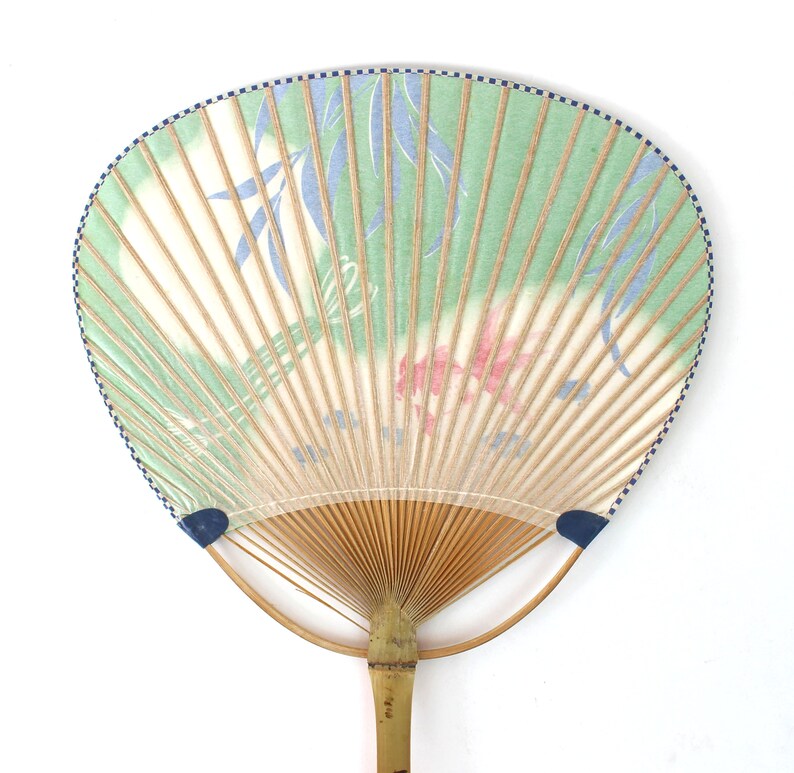
1700s
By the beginning of the 1700s, folding fans were being made throughout Europe while increasing numbers were being imported from the Far East by the thriving East India Companies of Holland, France and England in particular. The 1700s also saw the development of the printed fan: cheaper to manufacture and therefore cheaper to purchase, fans were suddenly available to a much wider audience than had previously been the case. Equally, the variety of subjects depicted on fan leaves became increasingly varied. From the earlier biblical illustrations such as ‘Moses Striking the Rock’ (by Gamble) and a ‘Walk by the River’ (by Chassereau), to end of the century subjects such as the ‘Trial of Warren Hastings’ and ‘How to Play Whist and not lose your Temper!’, themes had shifted to reflect contemporary preoccupations and pastimes as opposed to the traditional allegories of the old testament.
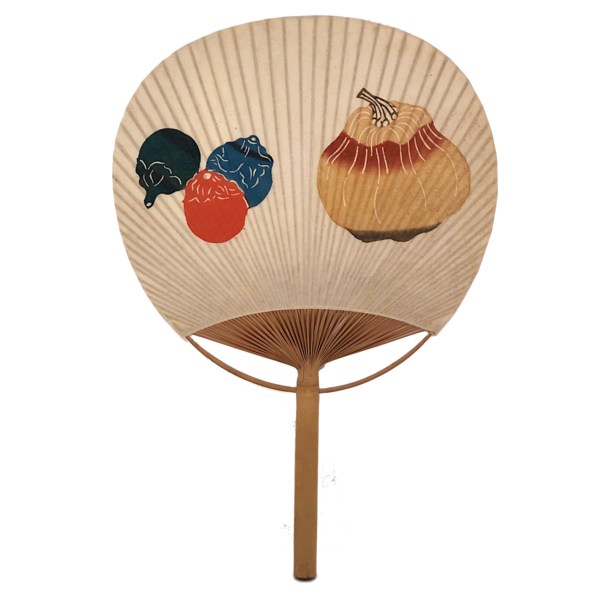
1800s
The political turmoil that marked the end of the 1700s and the beginning of the 1800s meant that fans became “less work intensive” and small brisé fans regained popularity while printed fans of every kind were available to most classes. At the same time, fans from China, made specifically for the export market, adapted to the smaller format that had become popular in the West.
Arguably, the most lavish fans date from the second half of the 1800s. The artists who painted these fans were often fashionable painters who signed their work – as did the tabletiers who carved the magnificent sets of sticks and guards (montures). Great maisons sprang up in Paris, which had become the epicentre for the manufacture of fine quality fans. These maisons would become bywords for the creation and distribution of objets de luxe, furnishing royalty and the upper echelons of polite society with fans of particular quality.
The latter part of the 1800s also ushered in one of history’s greatest artistic movements: Impressionism. Many of the leading Impressionists – and indeed Post-Impressionists – painted fan leaves, the compositions of which were frequently inspired by Japanese art and culture, which continued to shape and inform art and design in the West.
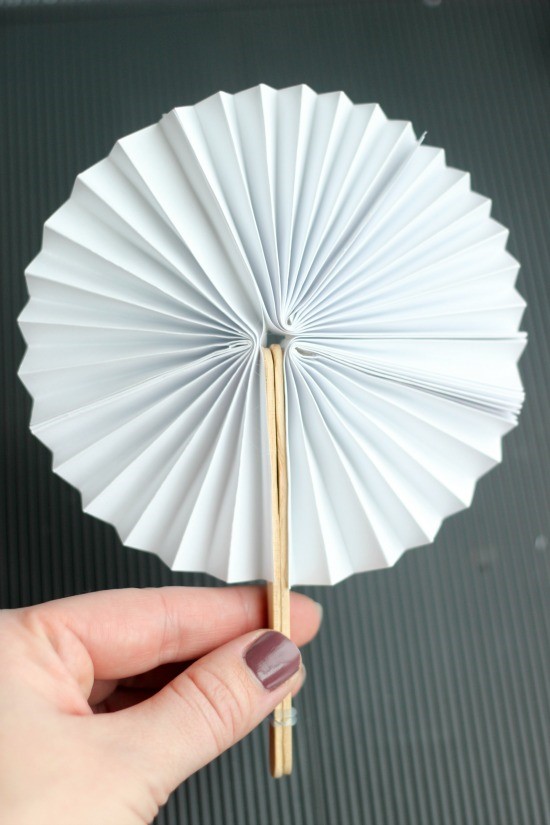
1900s
Fans followed the trends of the 1900s with a plethora of advertising fans, first in the “Art Nouveau” style – popular at the turn of the century – and then reflecting the impact of the Ballet Russes, followed by “Art Deco” and even the growing popularity of photography. For high society, feather fans were de rigueur at the very same time that enormous ostrich plumed fans discreetly covered the stars of the Moulin Rouge!
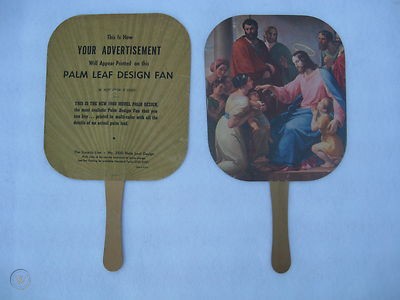
2000s
Whilst the fan is no longer the ‘must-have’ accessory of previous times, commemorative fans celebrating occasions such as royal weddings continue to be made, while a unique ‘haute couture’ production in France is particularly noteworthy. Possibly, the most talented in this specialist field being Sylvain Le Guen.

